Kleiner’s Kolumn: Planning a Long Island Auto Speedway Before the Motor Parkway (1901 to 1905)
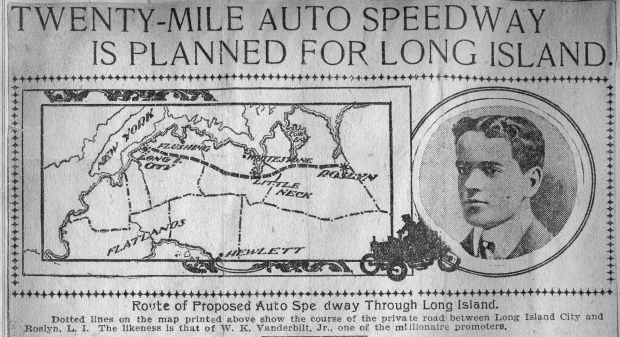
A review of early 20th century newspaper articles reveal plans for an automobile speedway on Long Island as early as 1901. William K. Vanderbilt, Jr. was a key supporter of these efforts which included routes from NYC to Roslyn but eventually reaching Montauk Point. Each of these plans I believe contributed to the eventual making of The Long Island Motor Parkway.
Art Kleiner
Early Interest Is Expressed in late 1901
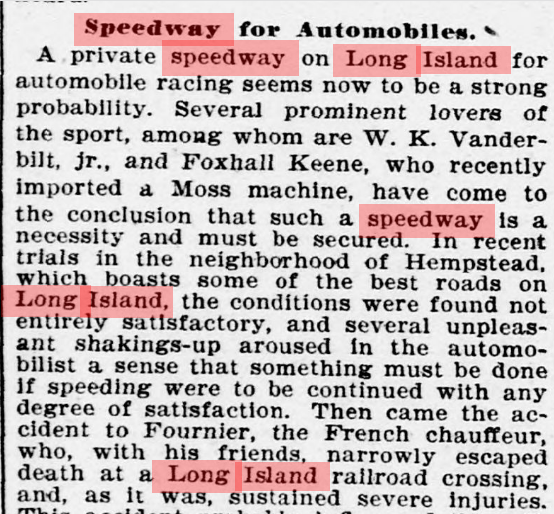
Safety to automobilists (e.g., Vanderbilt and his friends) might have been a reason for the interest. (The Washington D.C. Evening Star 10/15/01)
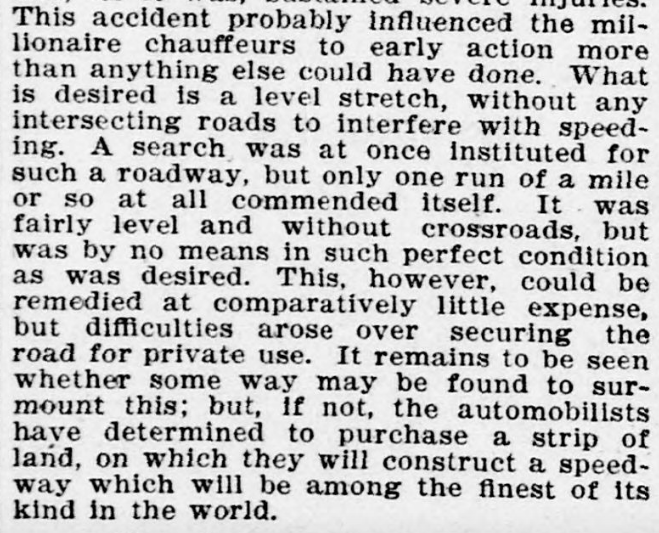
1902: Serious Planning Gets Underway
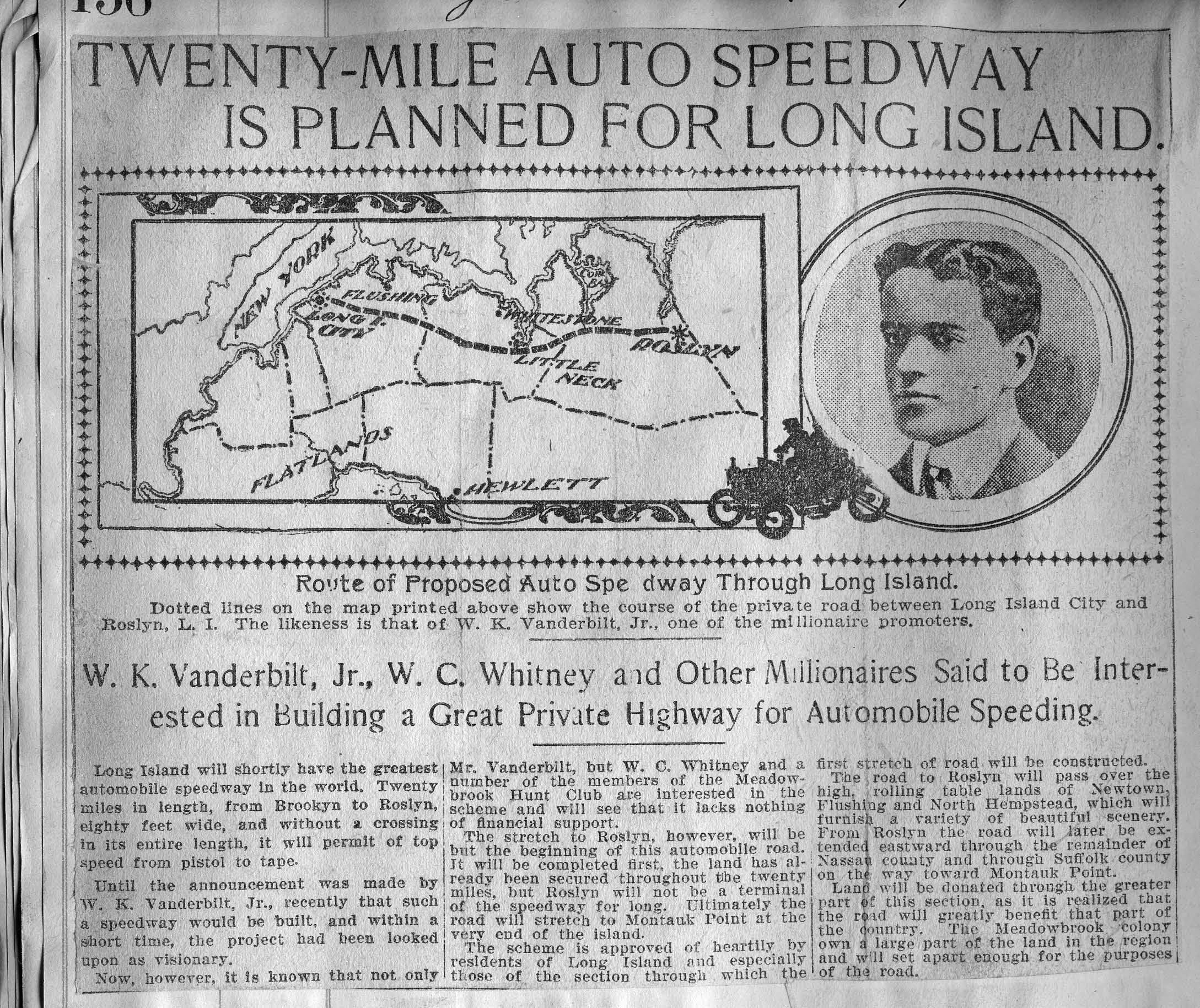
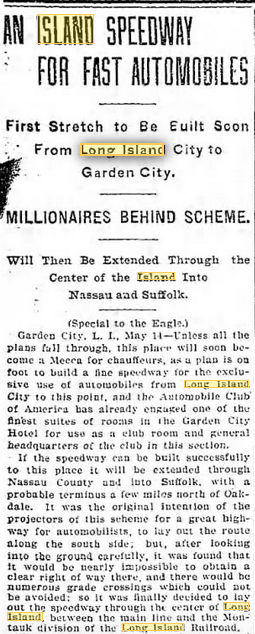
Support was provided by the Automobile Club of America which made its home in the Garden City Hotel. (The Brooklyn Daily Eagle, 5/14/02)
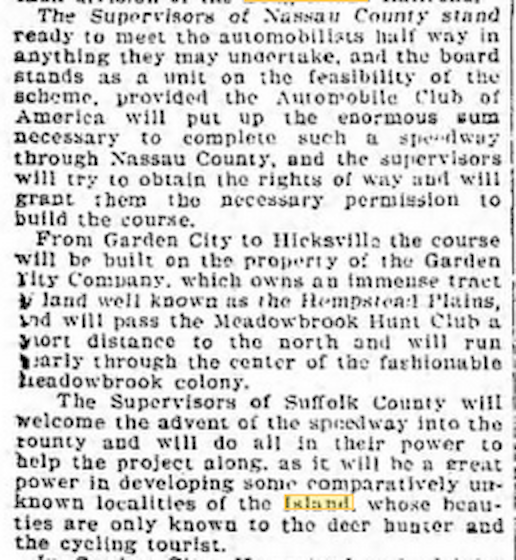
The route would take travelers through the Hempstead Plains and end north of Oakdale (location of Willie's dad's estate Idle Hour). A southern route was rejected.
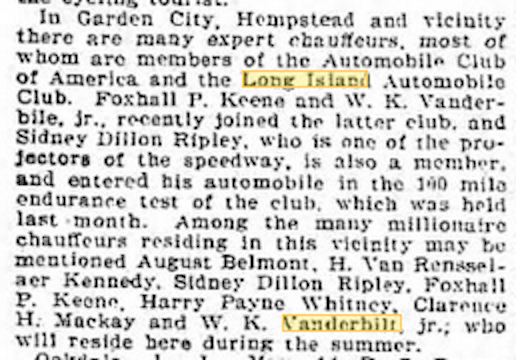
The project sponsors believed it would appeal to the "many millionaire chauffeurs residing in this vicinity".
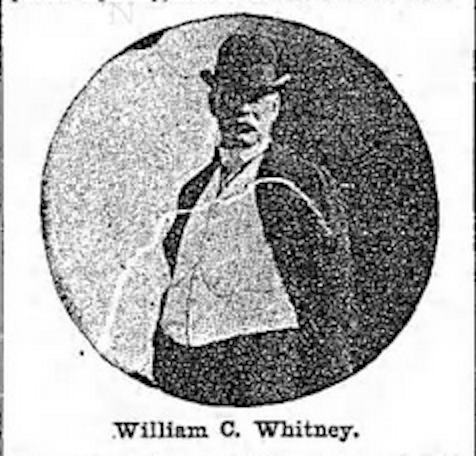
Such as William C. Whitney.
A Serious Land Purchase

Willie K.'s reported purchase of land for the speedway. (The Washington D.C. Evening Star, 5/31/02)
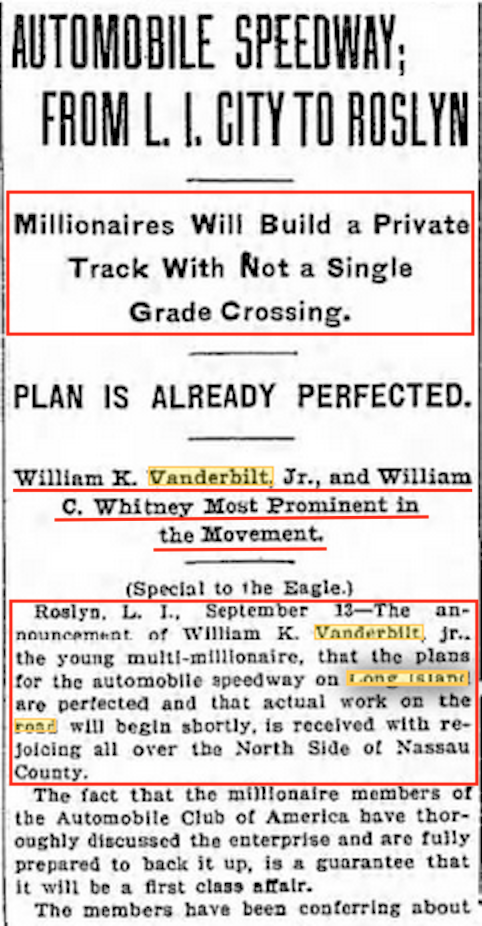
The project gets under way, or did it? Initially to Roslyn but later possibly extending to Montauk! (The Brooklyn Daily Eagle, 9/14/02)
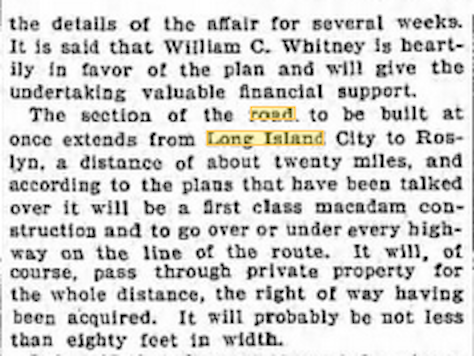
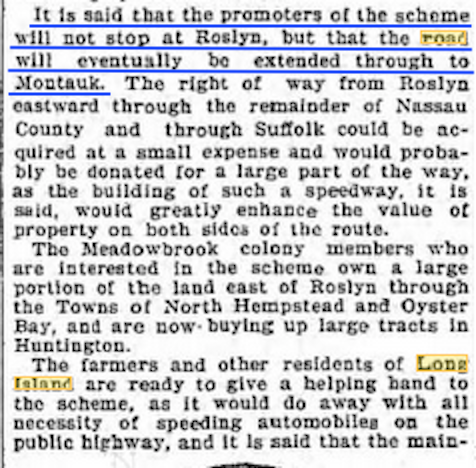
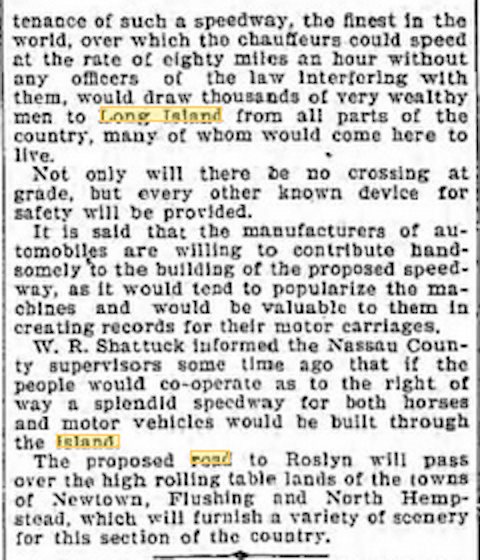
No grade crossings or speed limit! Sound familiar?
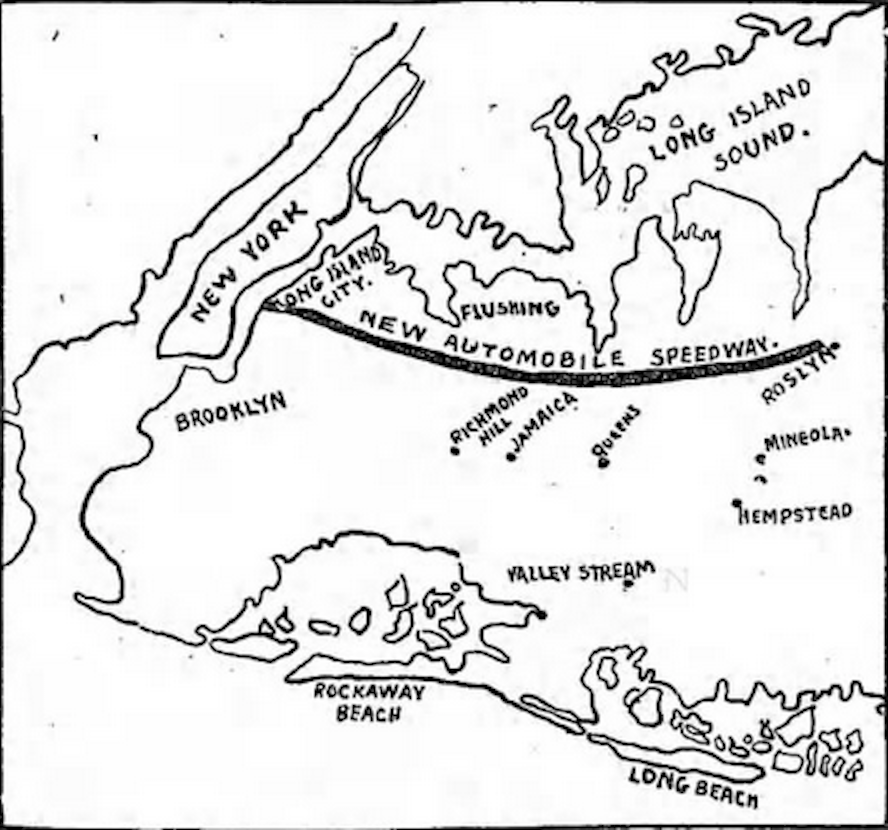
The original route to Roslyn as proposed.

But not for long as noted here. (The Journal)
Willie K.'s Announcement
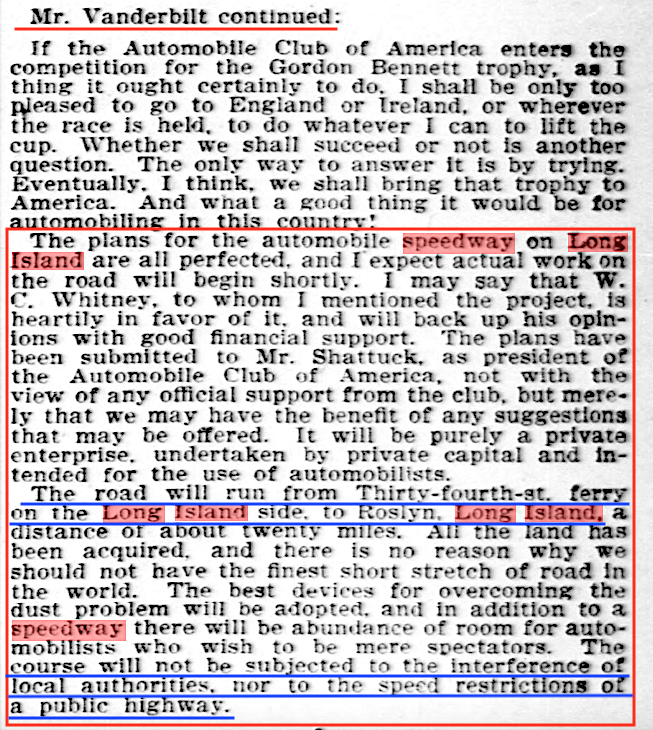
Willie K.'s own words. (The New-York Tribune, 9/13/02)
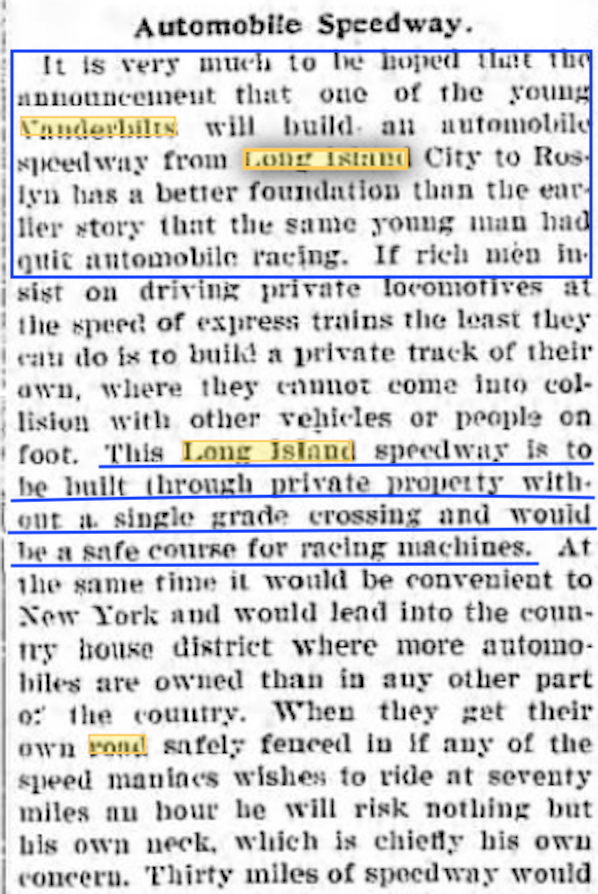
Further endorsement is given by The Brooklyn Daily Eagle, however cautioning the need to keep "a sharp line . . . between racing machines and the ordinary automobile". (The Brooklyn Daily Eagle, 9/15/02)
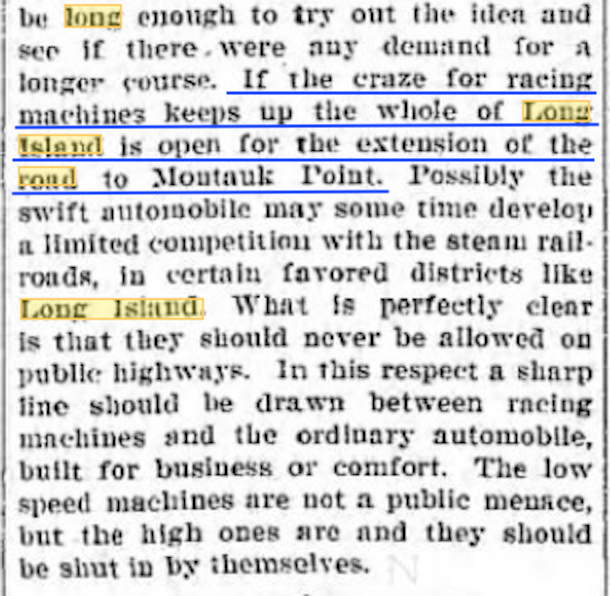
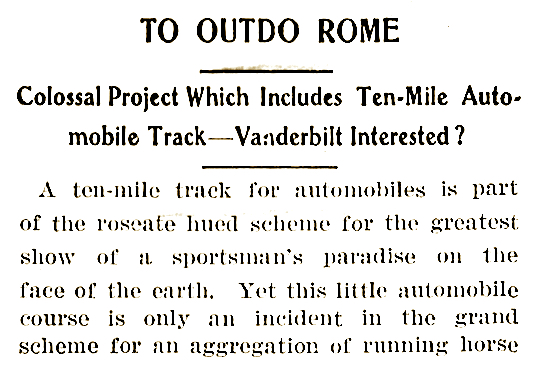
H.B. Fullerton (of the LIRR) also believed the speedway consistent with his desire to develop the Hempstead Plains. (The Motor World, Nov. 1902)
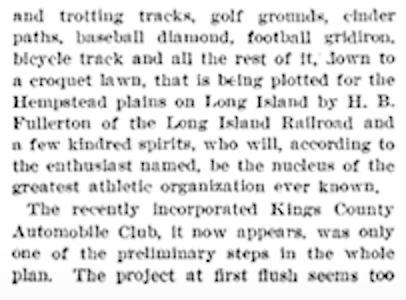
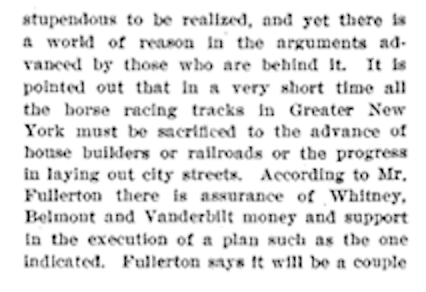
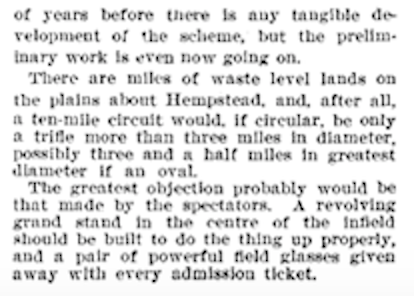
Miles of wasteland on the Hempstead Plains would be of use.
1903: Another Road to be Built?
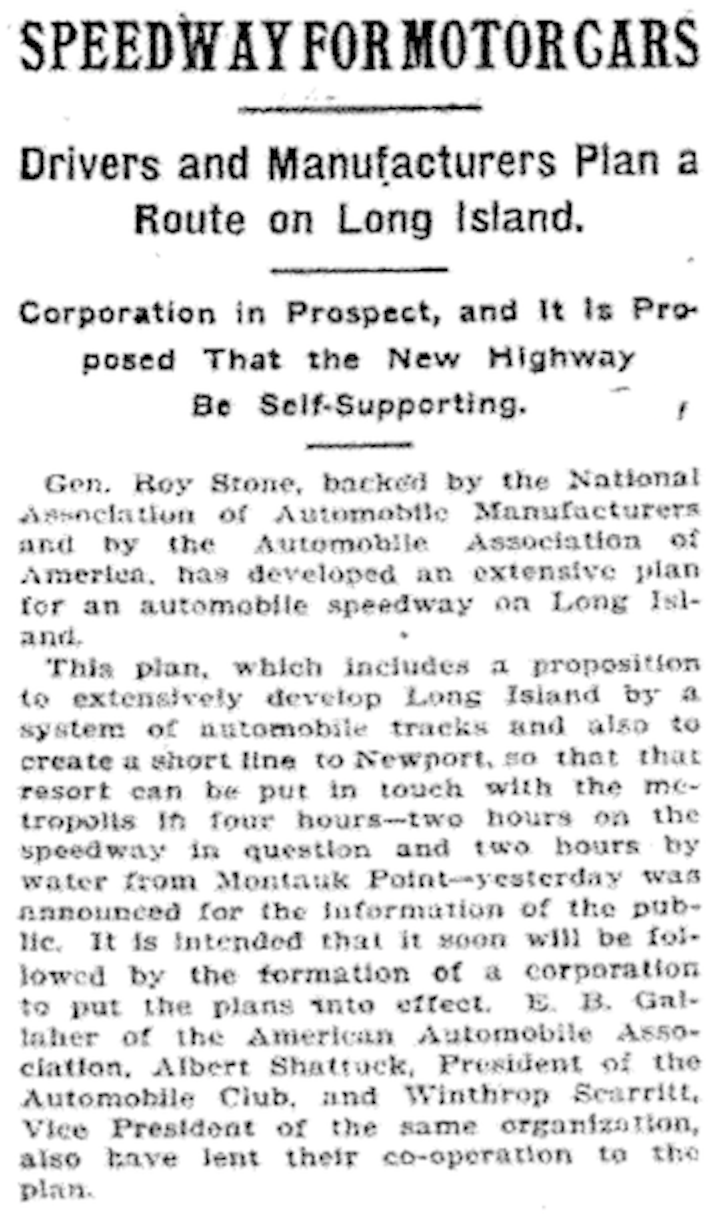
1903 sees another plan backed by the National Association of Automobile Manufacturers and the American Automobile Association. (The New York Times, 6/14/03)
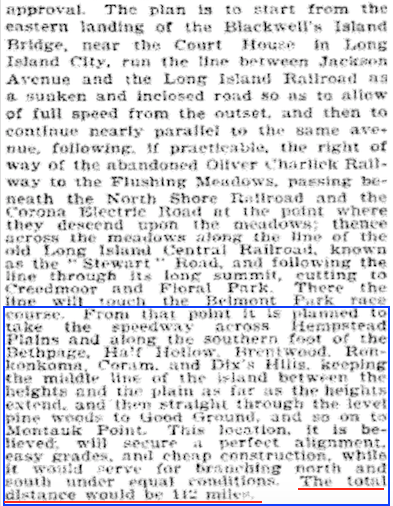
Initially being sunken and enclosed, then making use of abandoned or parallel railroad lines the road would go 112 miles from Long Island City to Montauk.
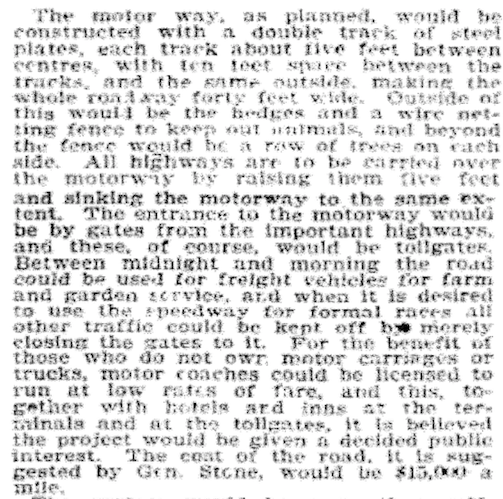
Plans called for tollgates at major highways, fencing, use as a freight line and raceway and inns and hotels at the terminals. And even car rental facilities! But no Uber or Lyft!
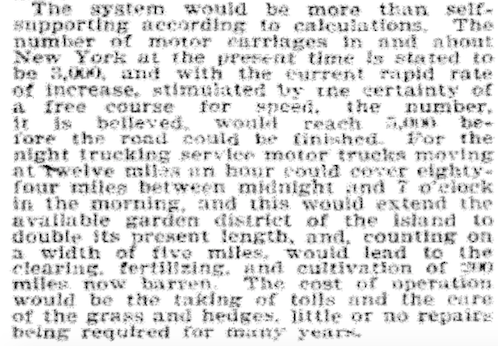
Self-supporting?
1905, after a two year delay.
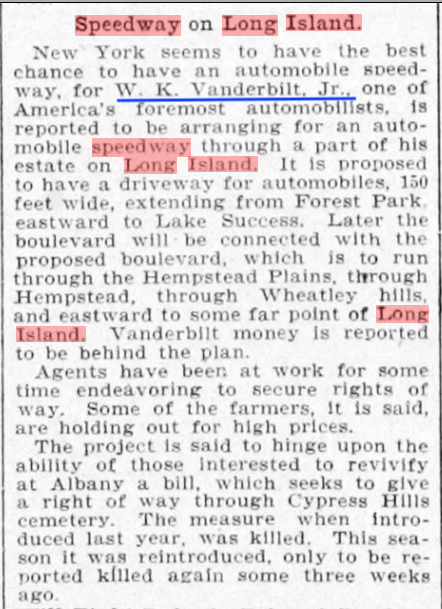
Finally, could this effort be the beginning of The Long Island Motor Parkway as we know it? Even if it didn't start at Cypress HIlls Cemetery?

Comments
Great stuff Art! I cant wait to dig in
Wonderful and rare material, as always. Why are most of the maps, photos, etc. too small to read clearly via a thumbnail/link? I am referring to all the issues, not this one in specific. It can’t be a bandwidth issue?
Steven, thanks for the input. Not in all cases, but sometimes the documents I use are not clear to start with so enlarging them makes it worse. I’ll try increasing the resolution and see how that works. By the way, do you see a difference when viewing on a pc or smart phone?
I guess the proposed private route through the Cypress Hills Cemetery was similar to what was eventually cut through by the State of NY for the Interboro Pkwy (now Jackie Robinson Pky) in 1935. I never checked, but I suppose the Cemetery either sold the right of way to the State or it was obtained through eminent domain.
ART, Regarding the 1905 newspaper clipping, Forest Park etc., and Vanderbilt’s involvement. We can thank the Wiliamsburg Bridge which opened in December of 1903 for that. Willie K was quick to take advantage of the fact that this bridge dramatically reduced travel time to Long Island compared to the Brooklyn Bridge. Willie preferred this route rather than taking ferries from Manhattan. My understanding is that some ferries banned automobiles at the time because of the problems with horse drawn vehicles. Other ferries solved that problem by having motorized vehicles board first, much earlier and shutting off their motors. On docking, the motor vehicles had to wait until the horse drawn vehicles were long gone before they could even start their engines. The route thru the cemeteries was never thought of as a private venture. As least as early as 1901 there was talk of extending Eastern Parkway thru the cemeteries to the Forest Park area. The opening of the Williamsburg Bridge mightily increased the demand for a roadway thru the cemeteries to Queens That battle would go on until the mid 1930’s.